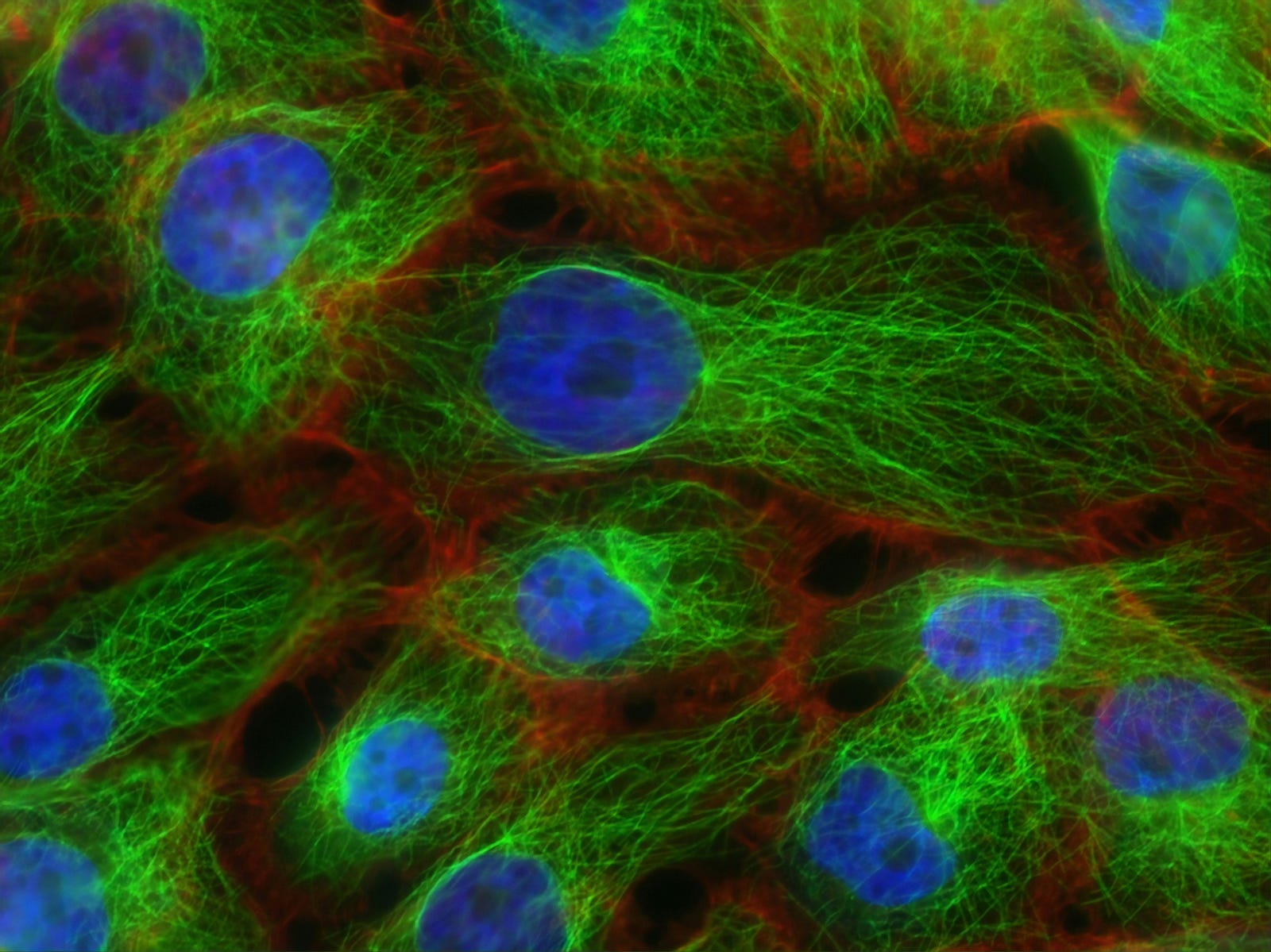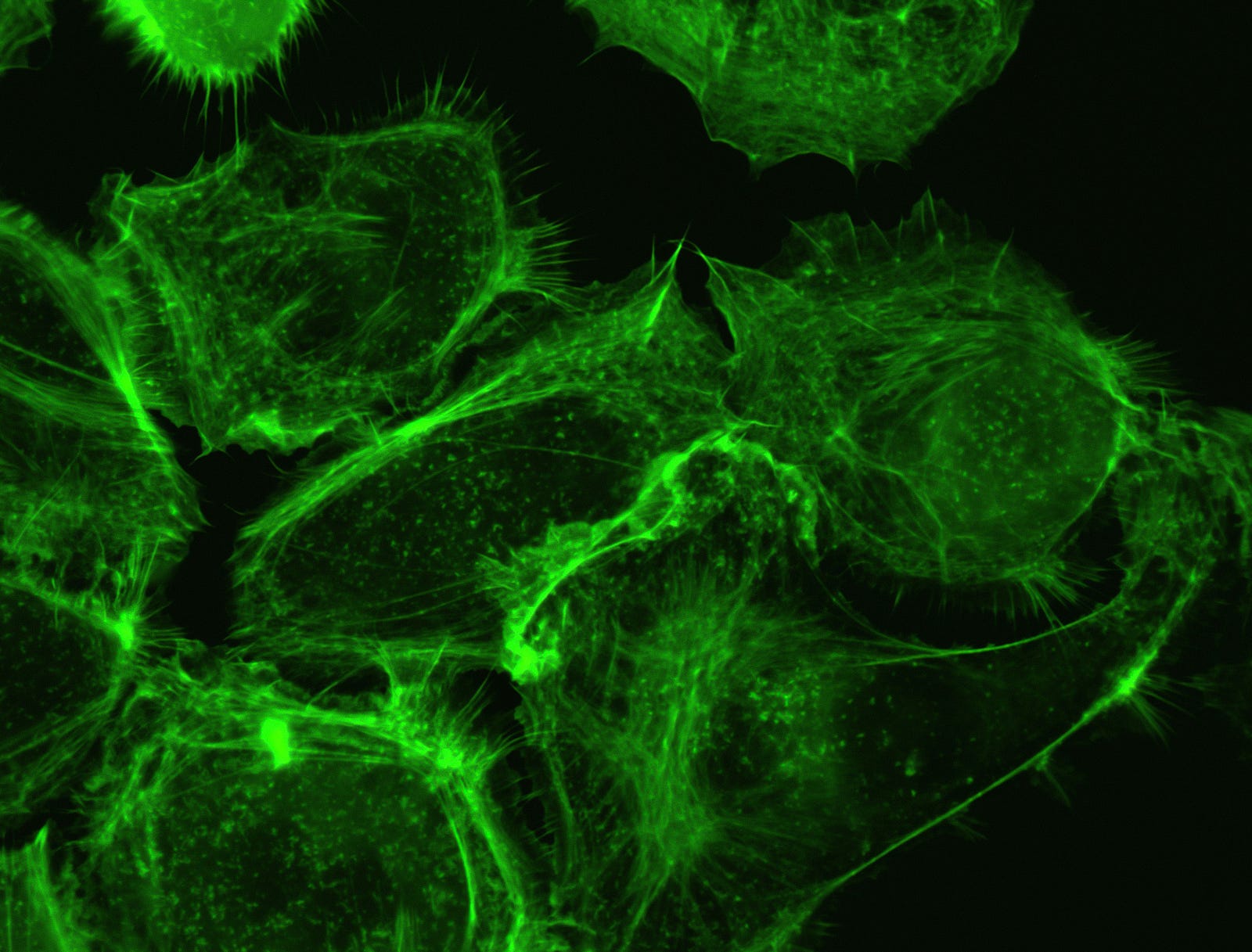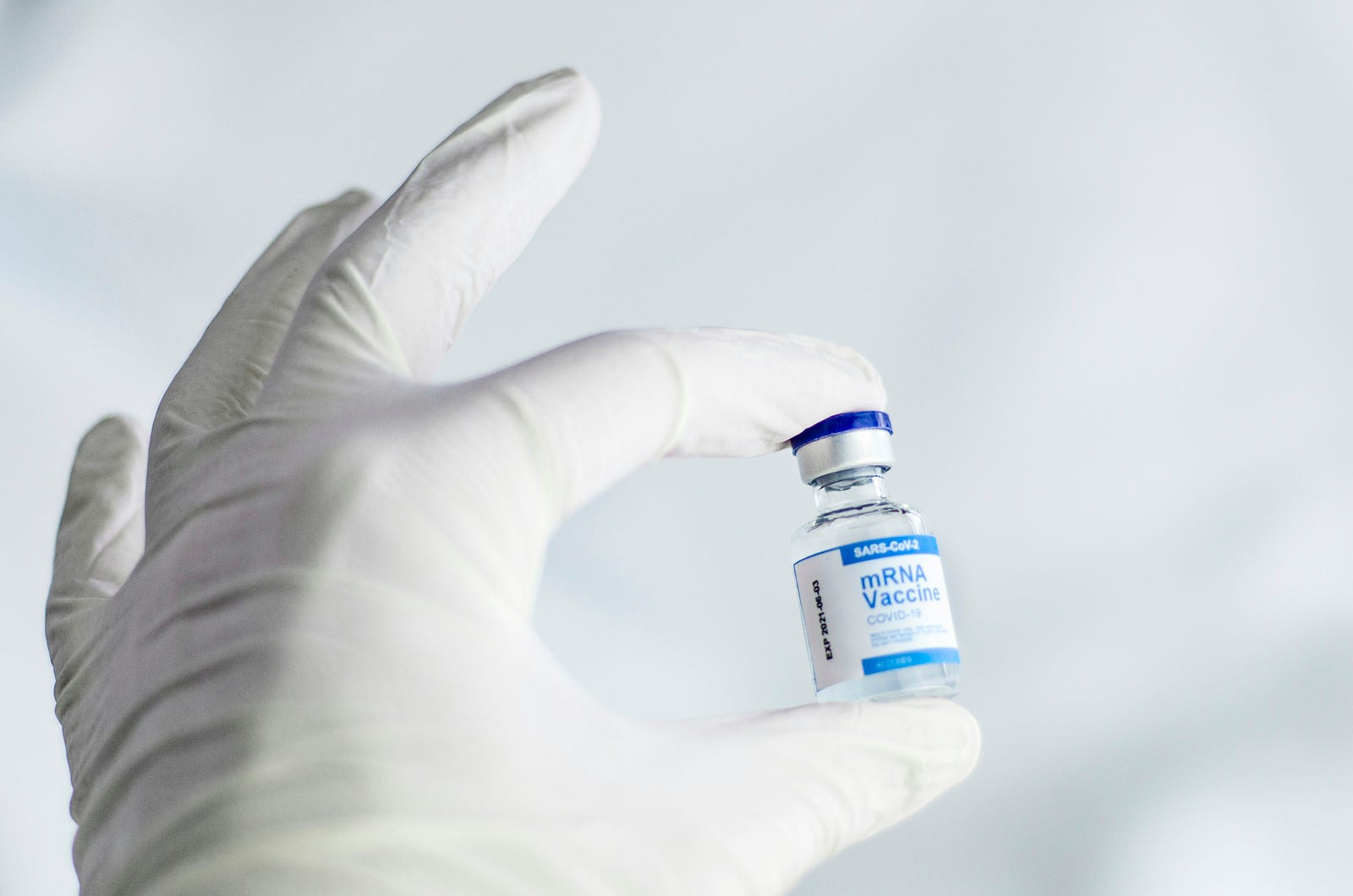A disturbing rise in cancer among young folks.
I am a cancer doctor and increasingly see young persons with malignancy.
A landmark study from the American Cancer Society puts my observation in perspective.
The study demonstrates:
A disturbing trend of rising cancer rates in younger generations. Alarmingly, several cancers, notably breast and pancreatic, are striking Gen X and Millennials at increasingly higher rates than their predecessors.

Today, I want to examine this study.
I’ll close with some ways young folks might reduce their cancer risk.
A Disturbing Rise in Cancer Among Young Folks
Researchers conducted a meticulous analysis of a vast dataset.
This dataset included:
- Incidence Data: Information on 23,654,000 patients diagnosed with 34 types of cancer.
- Mortality Data: Records of 7,348,137 deaths attributed to 25 types of cancer.
The data spanned individuals aged 25 to 84 and covered from January 1st, 2000, to December 31st, 2019. Researchers obtained the data from two reputable organizations:
- North American Association of Central Cancer Registries (NAACCR): Provided the cancer incidence data.
- U.S. National Center for Health Statistics (NCHS): Provided the cancer mortality data.
More Study Details
Researchers employed a sophisticated analytical approach to unravel the generational patterns within this data.
They calculated:
- Birth Cohort-Specific Incidence Rate Ratios: These ratios allowed them to compare cancer incidence across different generations, considering the individuals’ birth years.
- Birth Cohort-Specific Mortality Rate Ratios: These ratios enabled them to examine how cancer mortality rates varied across generations, again factoring in birth years.

The study authors adjusted these calculations for two critical factors:
- Age Effect: To account for the natural increase in cancer risk with age.
- Period Effect: To control for any changes in cancer rates that might have occurred over time due to factors other than generational differences.
They grouped birth years into five-year intervals ranging from 1920 to 1990.
This approach allowed researchers to pinpoint the generations experiencing the most significant cancer incidence and mortality increases.
By employing this rigorous method, researchers could paint a detailed picture of the generational shifts in cancer risk.
Study Findings – A Disturbing Rise in Cancer Among Young Folks
The study’s findings paint a concerning picture of rising cancer rates across younger generations.
Researchers discovered a striking pattern:
- Eight Cancers on the Rise: The incidence rates of eight out of 34 cancer types have been steadily increasing with each successive generation born since approximately 1920. This observation means that younger generations are experiencing higher rates of these cancers than their predecessors.
- Dramatic Increases: For certain cancers, such as pancreatic, kidney, and small intestine cancers, the incidence rate in the 1990 birth cohort (Millennials) was two to three times higher than in the 1955 birth cohort (Baby Boomers). The researchers observed this alarming trend in both men and women.
- Reversal of Declining Trends: In nine other cancers, including breast (estrogen-receptor positive only), uterine corpus, colorectal, and several others, incidence rates had been declining in older generations but have now increased in younger cohorts. This reversal highlights the shifting landscape of cancer risk.

- Varying Degrees of Increase: The magnitude of the increase in incidence rates varied across different cancer types. For example, the 1990 birth cohort experienced a 1.12 times higher incidence rate for ovarian cancer compared to the birth cohort with the lowest rate, while the increase for uterine corpus cancer was a remarkable 1.7 times higher.
- Rising Mortality Alongside Incidence: Notably, for several cancers, including liver (in women), uterine corpus, gallbladder, testicular, and colorectal, mortality rates have also increased in successively younger birth cohorts. This finding indicates that not only are these cancers becoming more common, but they are also becoming deadlier for younger individuals.
My Take – A Disturbing Rise in Cancer Among Young Folks
These findings underscore the urgency of addressing the rising cancer burden among younger generations.
We need a comprehensive approach that includes enhanced prevention efforts, early detection strategies, and targeted treatments for younger individuals facing cancer diagnoses.
Can Young People Reduce Their Cancer Risk?
While lifestyle and environmental factors might not be the primary drivers of cancer in young adults, they play a significant role in increasing the risk as you age.
Your choices during your teen and young adult years can have lasting consequences on your health.
The American Cancer Society offers some key steps you can take to reduce your cancer risk throughout your life:
- Avoid Smoking: Smoking is a major risk factor for various cancers, including lung, throat, and bladder cancer. The earlier you quit, the better your chances of avoiding these diseases.

- Maintain a Healthy Weight and Stay Active: Obesity and a sedentary lifestyle are linked to several cancers. Regular physical activity and a balanced diet can help you maintain a healthy weight and reduce risk.
- Limit Sun Exposure and Avoid Tanning Beds: Excessive sun exposure and tanning beds are major risk factors for skin cancer. Protect yourself with sunscreen, hats, and clothing, and avoid tanning altogether.
- Practice Safe Sex: Sexually transmitted infections like human papillomavirus (HPV) and human immunodeficiency virus (HIV) can increase the risk of certain cancers. Limiting sexual partners and using condoms can significantly lower your risk of infection.
Adopting these healthy habits early in life can profoundly impact your long-term health. They not only lower your cancer risk but also protect you from numerous other health problems, such as heart disease, diabetes, and stroke.
Screening
Cancer screening is crucial in early detection and prevention, even for young adults.
While the risk of certain cancers is lower in younger individuals, screening can identify pre-cancerous changes or early-stage cancers, leading to more effective treatment and improved outcomes.
Here’s what you need to know about cancer screening for young adults:
- Cervical Cancer: The risk of cervical cancer is low for those under 25, but it increases with age. The American Cancer Society recommends starting cervical cancer screening at age 25. This screening can detect pre-cancerous changes, allowing for early intervention and preventing cancer development.

- Colorectal Cancer: Colorectal cancer is more common in older adults, so routine screening for average-risk individuals starts at age 45. However, for those with a higher risk due to family history or certain inherited conditions, screening may begin earlier, sometimes as early as the teen years.
It’s important to discuss cancer screening with your doctor.
They can assess your risk factors and recommend the appropriate screenings for you.
Regular screenings are vital to maintaining your health and well-being, even as a young adult.
Don’t hesitate to prioritize your health and schedule those appointments. Early detection could save your life.

Vaccines
Vaccines protect against infectious diseases and can play a crucial role in preventing certain types of cancer.
One prime example is the Human papillomavirus vaccine, which can significantly reduce the risk of developing HPV-related cancers, including cervical cancer.
HPV and Cancer: HPV is a common virus that can cause several types of cancer, most notably cervical cancer. It can also cause cancers of the penis, anus, vagina, vulva, and oropharynx (back of the throat, including the base of the tongue and tonsils).
- Vaccine Effectiveness: The HPV vaccine is highly effective in preventing infection with the HPV strains that cause most cancers.
- Recommended Age: The vaccine is most effective when given before a person becomes sexually active. The Centers for Disease Control and Prevention (CDC) recommends vaccinating all children at 11 or 12 (but as early as 9).
Catch-Up Vaccination: Teenagers and young adults up to age 26 who still need to be vaccinated or who still need to complete the series should still get vaccinated.
The Importance of Vaccination
Getting vaccinated against HPV is a safe and effective way to protect yourself from several types of cancer. By preventing HPV infection, you can significantly reduce your risk of developing these cancers later in life. Talk to your doctor or healthcare provider about the HPV vaccine and how it can benefit you.
Remember, it’s never too early or late to start making healthy choices. Taking proactive steps to safeguard your health can pave the way for a healthier and happier future.
Preventative Medicine, Surgery, or Special Imaging
In rare cases, individuals inherit gene changes (mutations) that significantly increase their risk of developing certain types of cancer at a young age.
This heightened risk is due to a genetic predisposition, meaning they are more susceptible to cancer due to their genes.
In such circumstances, after careful consultation with their doctors and genetic counselors, some individuals may opt for preventive surgery to remove the organ at risk before cancer has a chance to develop.
Preventative surgery is a drastic measure and not a common approach, but it can be a lifesaving option for those with a high genetic risk.
Thank you for reading “A Disturbing Rise in Cancer Among Young Folks.”



